1939 movie classic.
This summer marked the 75th anniversary of The Wizard of Oz, and it was a big enough occasion that Warner Bros. not only retrofitted the classic fantasy film for a one-week IMAX 3D re-release but also spent $25m on marketing its brief return to theaters. Meanwhile, there’s absolutely no fanfare at all for the movie’s sequel, which also has a special birthday this year. No, I’m not referring to Return to Oz (which likely also won’t get much notice for its 30th anniversary next summer). There is another “Oz” movie that was more directly intended to be an official follow-up to the 1939 version, an animated feature titled Journey Back to Oz, which hit theaters on this day back in 1974.
Aside from taking place soon after The Wizard of Oz and being mostly yet loosely adapted from L. Frank Baum’s second Oz book, “The Marvelous Land of Oz,” the major significance and link to MGM’s beloved musical is in the casting. Margaret Hamilton is the only member of the earlier movie’s ensemble to return, which is interesting because her character in Wizard, the Wicked Witch of the West, had been killed. So, she voiced the part of Aunt Em. Clara Blandick, who played Em in Wizard, died the year this movie began production, which explains her not reprising the role herself, but then again 1939 cast members Bert Lahr, Ray Bolger, Jack Haley, Billie Burke and even Judy Garland were alive during the vocal recordings, which had actually begun way back in 1962. Garland’s replacement as Dorothy, though, was the next best thing: her daughter Liza Minnelli.
Minnelli was only 15 when she gave her speaking and singing performance for Journey Back to Oz, a year younger than her mother was during the shooting of Wizard. That makes her vocals sound pretty similar to Garland’s in the animated film, enough that if you didn’t know any better you might think it was her. This draws more of a contrast, though, against the voices used for Dorothy’s friends. While it’s neat that Garland’s longtime real-life pal and co-star Mickey Rooney plays The Scarecrow, he sounds nothing like Bolger. The same goes for the hiring of Garland-era stars Danny Thomas, who voiced The Tin Man, and Milton Berle, who plays The Cowardly Lion. These two characters also weren’t drawn to resemble their counterparts in Wizard at all (especially the Lion), while Dorothy and Toto are pretty much two-dimensional copies of the live-action versions from the previous film.
As you can imagine for a feature that took 12 years between start to release, production on Journey faced a number of problems. We can assume the issues began with the cast recordings, none of which were done at the same time nor in the same studio. Minnelli was first (I guess ahead of her 16th birthday), followed by another regular co-star of Garland’s, Peter Lawford, the initial choice for The Scarecrow. He apparently took an hour to get a one-minute song right, and that coupled with his all-wrong British accent caused him to later be replaced by Rooney. Eventually everyone, including Ethel Merman as villain Mombi, the Bad Witch, was on tape and cut together and the animation work commenced with Disney vet Preston Blair (Pinocchio; Bambi) at an unproven studio in Yugoslavia, which couldn’t handle the workload and only got through six minutes of footage in a year.
Blair then drew up the rest of the storyboards and left the project. The producers, some of whom were finishing up on Universal’s Pinocchio in Outer Space at the time, brought the thing back to Hollywood and got through a majority of the work by 1965, when they ran out of money. And neither Universal nor any of the other major studios were interested in picking it up, either. Around the same time, Norman Prescott, who had been the one to get the rights to do the Baum adaptation as a sequel, his co-writer and producer Lou Scheimer and director Hal Sutherland had founded their own animation company, Filmation. Under that banner, to keep afloat and make a living, they turned to commercials and original TV series, yet even then they nearly shut down before fortuitously getting the job to produce The New Adventures of Superman for CBS, followed by cartoons for other DC and then Archie comic book characters. This all brought success and profits, but it also took their focus further off their feature film.
Work on Journey finally resumed in late 1970, but it was still slow going due to other projects taking priority, causing them to miss a planned Easter 1972 release. The movie was completed another year later, and by then Thomas’s singing parts and much of his dialogue had become ruined and had to be replaced by Larry Storch, who also played Kansas farmhand Amos (why they couldn’t just bring Thomas back, I’m not sure). Meanwhile, Minnelli did offer to redo her vocals, but the producers rightly preferred to keep the clearly younger sounding recording. By one report, technically Journey‘s first public showing was on television only at one Holiday Inn hotel in New Jersey in late 1973. Test screenings followed, but the official release occurred on December 5, 1974, with Filmation renting out theaters in a “four-wall” distribution model. It was a box office flop.
Watching it now, its failure appears to make sense. Even if we don’t compare it to Wizard as far as its being a sequel, the movie, which oddly fails to include a credit to Baum, is childish yet dark, its songs aren’t catchy or memorable and while I’m looking at the thing as someone not alive at the time but who is familiar with cartoons, including those by Filmation, of the past 40 years, it plays more like a long-form version of those animated TV programs (especially with its goofy sound effects) than something fit for cinemas. Sure, feature theatrical animation of that era was altogether cheap-looking and uninspired, but Journey is even in the lower end within that context. It’s remarkable how, as a rule, animation should be a medium through which anything dreamed of can be done and yet the live-action Oz movies, including Wizard and the far less liked Return to Oz, display immensely more creativity and imagination in their storytelling and design.
If we do look at Journey as a sequel to Wizard, it’s an even more depressing work. The story has Dorothy and Toto swept back to Oz by another tornado, and while she meets a few new friends, such as Jack Pumpkinhead (Paul Lynde) and Woodenhead Pinto Stallion III (Herschel Bernardi) who help her on a new mission to defeat Mombi, who has taken over the Emerald City, her old pals from the first movie are disturbingly not interested. They also sort of ruin their charms from Wizard. The Scarecrow, before becoming Mombi’s hostage, is an unproductive ruler of the land who doesn’t seem to want the job. He sings a new song (“B-R-A-N-E”) about how having a brain isn’t necessarily a good thing after all because it doesn’t automatically come with intelligence yet does come with stress and headaches. The Tin Man declines to join Dorothy, who he won’t hug because of some lame vanity on the part of his polished body, because he’s too scared. The Lion, who now has courage, sings that he still doesn’t have the “N-E-R-V-E” needed to take part.
Then, the movie follows with some terribly easy and cliche plotting. Evil green elephants are defeated with a bunch of mice that Glinda (Rise Stevens) whips up, Mombi, the very stereotypically conceived witch, dies as a result of her own creations and in the end there’s a whole message about “faith and love” being stronger than any magic, particularly for resurrecting dead characters. It all gets even worse if you watch the version of Journey that aired on TV beginning in the mid-’70s, as it features live-action segments starring Bill Cosby as the Wizard of Oz, floating in his hot air balloon with a talking parrot, a couple kids meant to be Munchkins and presumably a hidden barrel of booze he’s seemingly been drinking. There’s also another TV version where Cosby is replaced in those segments by Berle.
Today, the thing is a huge curiosity, not quite a cult film because that would require enjoyment but still a piece of interest for those of us into film history and especially troubled productions (the story reminds me of that of The Thief and the Cobbler). I admit I wasn’t even aware of its existence until recently, and ever since I’ve been trying to find anything like its casting, something else where an actor or actress took over a role originated by their parent. Despite disliking the movie as a movie, I still wish to get my hands on a copy of the Special Edition DVD that was released in 2006 but which is now out of print and carries a hefty price tag online as a result. It contains an audio commentary and interviews with Scheimer, Sutherland and co-producer Fred Ladd that I’m sure provide more trivia that’s also more fascinating than the product itself.
If you’re intrigued, your best but imperfect and incomplete option is to watch the movie in parts on YouTube, including a choppy compilation of clips of the Cosby part.
ARTICLE TAGS

















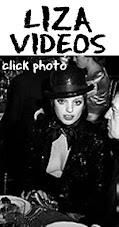


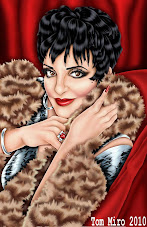

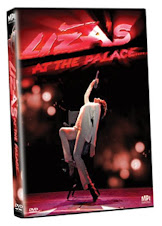






















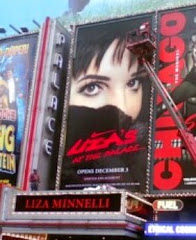




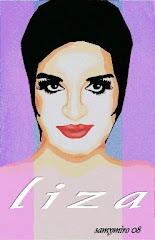


























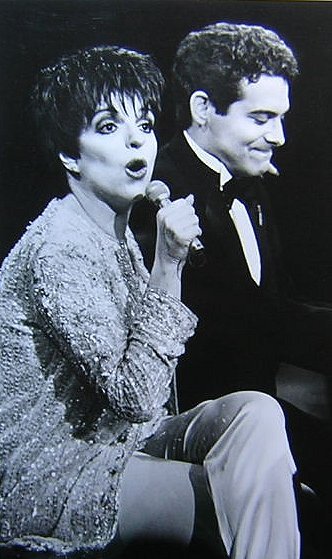


































No comments:
Post a Comment